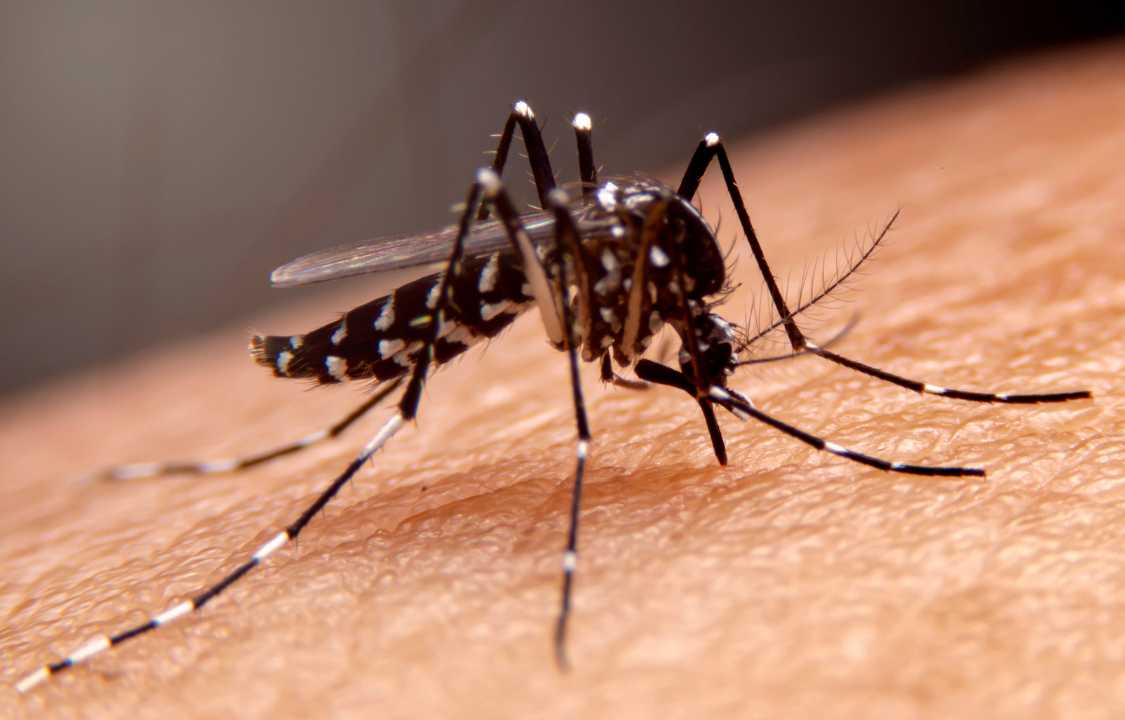Disease, Health Care, Infection, Insight
What Is Malaria?
Malaria is a formidable and often life-threatening infectious disease caused by a parasite transmitted through mosquito bites. With a global impact on public health, malaria poses a significant challenge to healthcare systems worldwide. In 2021 alone, a staggering 247 million individuals contracted malaria, resulting in over 600,000 fatalities due to this disease. This extensive exploration aims to shed light on the various facets of malaria, including its causes, symptoms, diagnosis, treatment, prevention, complications, and living with the condition.
The Geography of Malaria
Malaria is closely associated with regions harboring specific mosquito species capable of transmitting the disease. These mosquitoes predominantly inhabit tropical areas near the equator, including regions in Central America, sub-Saharan Africa, and parts of Asia. However, malaria is not confined to these areas alone, as the United States reports nearly 2,000 cases each year, primarily attributed to travel to malaria-endemic tropical regions.
Unmasking Malaria Symptoms
Symptoms of malaria encompass a spectrum ranging from mild to severe manifestations. Typically, individuals exposed to the disease develop symptoms within 10 to 15 days post-exposure. Early-stage malaria is characterized by flu-like symptoms, including fever, chills, headache, muscle pain, fatigue, nausea, vomiting, and diarrhea. These initial symptoms can be mistaken for common ailments, making early diagnosis crucial.
However, as the disease progresses, individuals may experience severe malaria symptoms. These alarming indicators include extreme fatigue, convulsions or seizures, loss of consciousness, difficulty breathing, abnormal bleeding, dark or bloody urine, and jaundice, which manifests as yellowing of the eyes and skin. Severe malaria demands immediate medical attention, necessitating a visit to the local emergency department or a prompt call to 911. The World Health Organization emphasizes the urgency of seeking professional care in such cases to prevent life-threatening consequences.
Malaria Causes: Parasites and Mosquito Vectors
Malaria’s primary mode of transmission involves the bite of infected mosquitoes carrying the malaria parasite. The parasite, a tiny but formidable organism, infects the mosquito vector and subsequently enters the bloodstream when the mosquito bites a human host. While malaria can afflict anyone, it thrives in tropical environments where transmission is more likely to occur. Certain populations are at an elevated risk of developing severe malaria symptoms, including young children, pregnant individuals, those living with HIV/AIDS, and individuals in regions with limited access to healthcare resources.
Diagnosing Malaria: A Critical Step
Prompt diagnosis of malaria is essential to prevent the progression of the disease and the onset of life-threatening complications. When seeking medical care, individuals should expect their healthcare provider to inquire about their medical history, recent travel, and conduct a physical examination. Routine blood tests are often employed to gauge the severity of the condition. Additionally, malaria-specific diagnostic tests may be ordered, including:
- Microscopic diagnosis: This gold-standard test examines a blood sample under a microscope to identify the presence of malaria parasites.
- Rapid diagnostic tests (RDTs): These convenient tests involve placing a blood sample on a test card, with results typically available within 15 minutes. RDTs are particularly useful in settings where access to advanced laboratory facilities or microscopes is limited.
It is important to note that in the United States, malaria diagnoses are relatively rare. Consequently, healthcare providers and laboratory technicians may not be inclined to suspect malaria, given its low prevalence in the country. Therefore, individuals experiencing malaria symptoms, especially after traveling to endemic regions, should be vigilant about seeking prompt medical attention to facilitate accurate diagnosis and timely treatment.
Malaria Treatment: Medications as the Mainstay
The cornerstone of malaria treatment involves medication prescribed by healthcare providers. The choice of medication or combination of medications is determined by the specific strain of the malaria parasite and the patient’s individual circumstances. Medications for malaria treatment are primarily administered orally, although some individuals may receive injectable medications in a healthcare provider’s office or hospital.
Commonly prescribed medications for malaria treatment include:
- Coartem (artemether-lumefantrine)
- Aralen (chloroquine)
- Primaquine (Jasoprim)
Preventing Malaria: Strategies for Protection
Preventing malaria is a proactive approach, especially for those planning to visit areas where the disease is prevalent. Various preventive measures can significantly reduce the risk of contracting malaria, including:
- Vaccination: The Mosquirix vaccine (RSS,S/ASO1) provides protection against malaria for children.
- Mosquito Avoidance: Employing mosquito nets while sleeping, using mosquito repellents on clothing and belongings, wearing protective clothing that covers arms and legs, and keeping windows and doors closed can limit mosquito exposure.
- Antimalarial Medications: Consultation with healthcare providers before and after travel to malaria-endemic regions can lead to the prescription of antimalarial medications, which can effectively prevent illness in the event of mosquito bites.
Malaria Complications: A Grim Reality
Underscoring the urgency of malaria diagnosis and treatment is the potential for severe complications. As the disease advances, the risk of organ failure and alterations in blood supply increases. Left untreated or treated too late, malaria can lead to devastating complications, including kidney and heart failure, seizures, mental confusion, coma, anemia, and acute respiratory distress syndrome (ARDS). Many of these complications have the potential to be fatal, underscoring the critical importance of seeking medical care at the earliest signs of infection.
Living with Malaria: A Treatable Condition
Malaria, while a serious condition, is treatable when diagnosed and addressed promptly. Caused by parasites and transmitted through mosquito bites, malaria remains a significant global public health challenge. While malaria is less prevalent in the United States, individuals returning from travels to malaria-endemic regions should remain vigilant for symptoms and seek immediate medical attention if they suspect infection.
Prompt diagnosis, proper medical care, and adherence to treatment regimens are paramount in mitigating the risks associated with malaria. While severe cases can result in lasting damage, especially affecting brain function in children, timely intervention can significantly improve outcomes.
In summary, malaria is a disease of considerable consequence, with substantial global impact. Effective prevention, early diagnosis, and appropriate treatment are essential in the fight against this formidable infectious disease.

